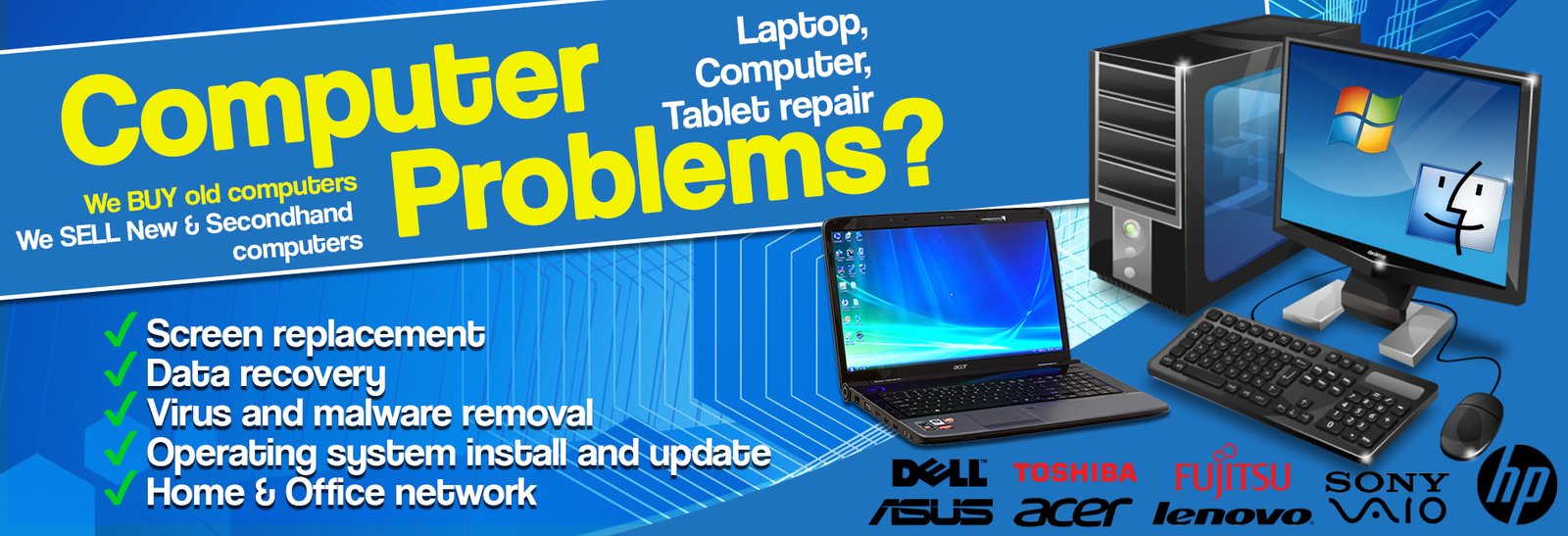Frequent Lenovo Computer Issues and Professional Fixes
Lenovo notebooks are famous for their stability and performance, making them a favored choice among customers. Nevertheless, like any digital device, they can encounter challenges that may impact their performance. Regardless of whether you are experiencing repeated crashes, battery problems, or connectivity issues, knowing how to address these frequent concerns can prevent you hours and annoyance.
In this write-up, we will examine some frequent difficulties that Lenovo laptop users encounter and provide expert resolutions to help you diagnose effectively. By comprehending these typical issues and understanding how to tackle them, you can improve the longevity and functionality of your device. Let’s explore some effective solutions for frequent Lenovo laptop fixing challenges.
Power Troubles
One of the most common problems faced by Lenovo laptop users is power failure. This may present itself as the laptop not responding or failing to respond when the power button is pressed. The first step in troubleshooting this issue is to confirm that the power supply is properly connected and functioning. Inspect for signs of damage on the power cable or AC adapter. If feasible, try using another electrical socket or a different power adapter to eliminate the adapter as the source of the problem.
If the laptop still does not power on, perform a forced reset. To do this, unplug the power supply and detach the battery if it is not built-in. Next, long-press the power button for about 15 to 20 seconds. This action can help discharge any residual power and reboot the hardware. Afterward, reconnect the power adapter and battery, and see if the laptop will start again.
In some cases, the issue may pertain to the laptop's energy settings or corrupt BIOS. If the device powers on but does not load the OS, consider going into BIOS by hitting a specific key during startup, usually F1 or F2 for Lenovo laptops. From there, you can restore the BIOS settings to default, which may correct any configuration issues that are inhibiting startup. If these solutions do not work, you may need professional assistance to diagnose and fix more complicated hardware issues.
Display Problems
Lenovo laptops may experience different screen problems, such as flickering displays, dim screens, or screen off at all. These problems can stem from several sources, including application clashes, driver issues, or hardware failures. A common first step in diagnosing screen issues is to review the display settings and ensure that the screen brightness is set properly. Additionally, running a driver update to refresh any old drivers can often resolve issues related to visual disturbances or bad screen performance.
If the display remains troublesome, consider connecting your laptop to an outside screen. This helps determine whether the problem lies with the internal display or the graphics card. If the external monitor works fine, the internal display hardware could be at issue, which may require screen replacement or maintenance. On the other hand, if the outside screen also has problems, the issue may be related to the video controller or mainboard.
For persistent display issues, utilizing Lenovo's diagnostic utility is recommended. lenovo laptop repair can help detect internal issues and recommend solutions based on the results. If all else fails, reaching out to the Lenovo help desk or taking your device to certified repair shop may be necessary, especially if you are unsure doing hardware fixes yourself.
Keypad and Trackpad Issues
ThinkPad laptops may experience issues with their keypads and trackpads, which can interrupt your productivity. Common issues include non-functional keys, jammed keys, or a trackpad that fails to respond to movements. To troubleshoot the problem, check for any debris or particles under the keys and clean the keyboard carefully. Rebooting your laptop can also resolve temporary software bugs that may affect the keyboard and touchpad.
If the keyboard or trackpad is still not functioning properly after tidying and restarting, consider refreshing your drivers. Visit the Lenovo support website to get the most recent drivers for your specific laptop model. An old driver can frequently lead to functionality issues. In addition, check your device settings to make sure that the trackpad is enabled and that there are no limitations placed on keyboard usage.

In situations where the keypad or trackpad is physically damaged or continues to fail, it may be essential to replace the defective component. You can either reach out to ThinkPad support for expert repair services or seek help from a local technician for a more in-person approach. Always remember to save your data before conducting repairs to prevent any potential data loss.